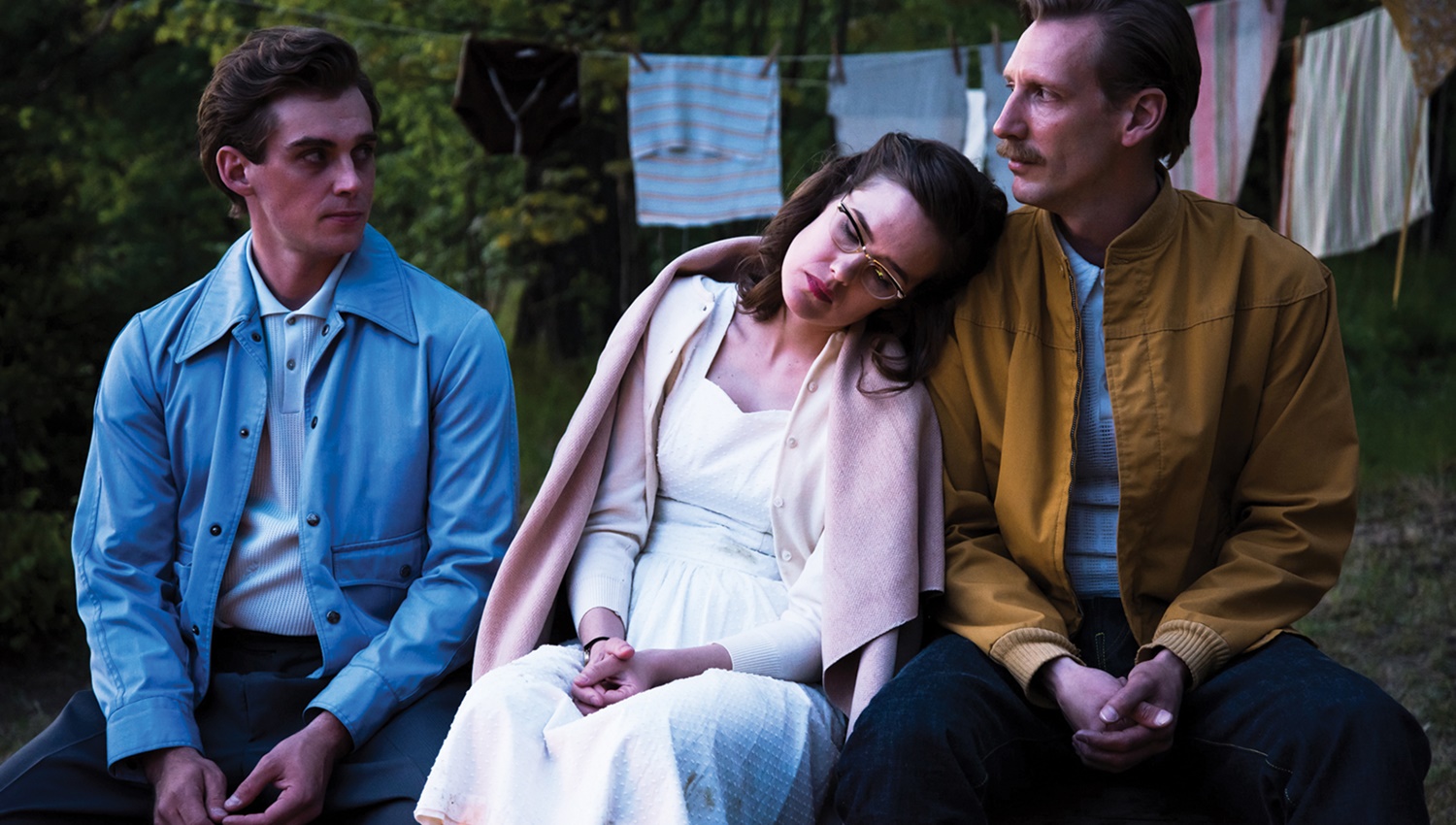
Tom of Finland
Dustin Chase
While the trailer for Finland’s entry to the 90th Academy Awards foreign film category show’s mostly English speaking, the film is a lot more than just vintage West Hollywood. The illustrator behind the infamous 70’s gay icon has quite a story which spans back to his service in World War II. Finland will join France, and a couple of others countries whose submissions are focused on gay history. Tom of Finland is both a biography of Touko Laaksonen and a love story set during a time where homosexuality was illegal. Tom of Finland plays out like similar historical gay dramas Pride, Stonewall or Milk. It’s problematic with pacing issues, won’t serve those looking for a provocative experience, but it’s revelation comes from a parachute out of the sky.
It was a simple gesture, a compact cigarette box from a commander, a mutual understanding between two men of war in a time where their true feelings were as submerged as their personalities underneath uniforms. Touko Laaksonen (Strang) would finish his service, return to small apartment with sister Kaija (Grabowsky), and yearn for companionship beyond just “walks in the park”. It’s in Berlin where he meets his former commander Müller (Daehn), after being arrested for his provocative drawings depicting masculine, leather clad men. He returns to Finland inspired and determined, only to find his sis has found a roommate for their financial troubles. Veli (Tilkanen), a local ballet dancer becomes the missing link for Touko who begins drawing more and submitting his work to Los Angeles, where censorship has been thrown out the window.
Dome Karukoski’s direction lacks profound emotion and a true engagement with the audience despite how they discover the film.
“Make sure the world knows about us,” Veli asks of Touko, the man who becomes internationally known as Tom of Finland. It’s the relationship part of the film, both between sister and boyfriend that strikes the most memorable cinematic chords. The acting is solid throughout, even with European actors in American parts. The entire film is shot in Europe and Sweden; Spain and Germany dub for Los Angeles and Finland. There is a lot of story to tell and not all of it is very exciting. The most substantial bit of information this story offers the viewer is where the inspiration for Tom’s iconic Kake character comes from. The flashbacks used throughout the story are both informative and oddly places as they slow the progression of the narrative.
The production value and the original score really works to make the film feel substantial. It’s the monumental feeling Tom of Finland lacks, which might prove difficult to nab one of those five slots among the 92 countries competing for Oscars Foreign Film category. The film is most effective as an educational tool for those who have seen the iconic drawings on memorabilia, but never understood the story and struggle behind their origin. Dome Karukoski’s direction lacks profound emotion and a true engagement with the audience despite how they discover the film. Too often does it land in familiar territory and embrace outcomes the audience can predict.
Final Thought
More informative than it is emotional or groundbreaking cinema.
